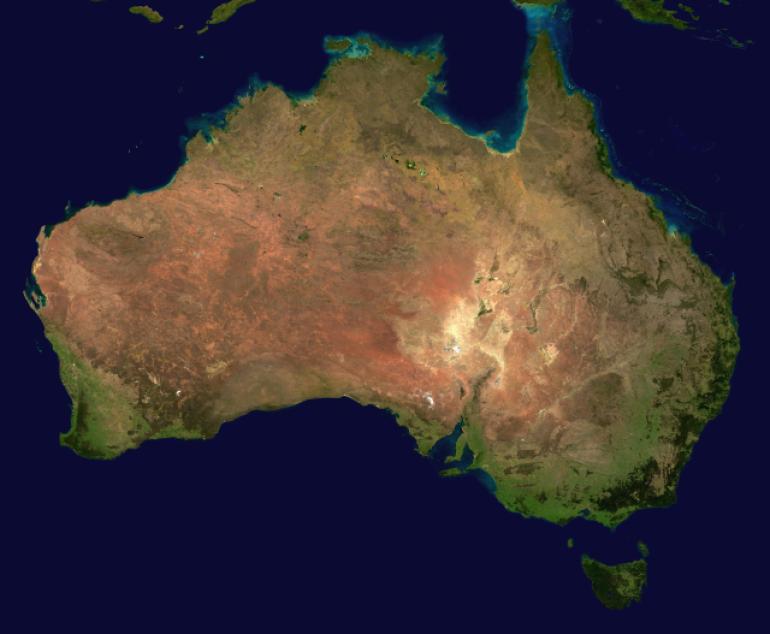Scientists have discovered an unprecedented system of underwater rivers flowing hidden from view along the continental shelf of Australia, on a scale unknown anywhere in the world.
This phenomenon - called dense underground waterfalls - appears to surround most parts of the country, according to new data recorded by oceanic submarines that have so far discovered underwater flows along more than 10,000 km of the Australian coast.
Unique continental condition
"This is the most important discovery in the field of coastal oceanography in recent decades, not only in Australia, but globally," says oceanologist Shari Patyarachi of the University of Western Australia (UWA).
The dense underground waterfalls resulted from a change in the density of water near the shore, where evaporation during the summer heat leads to a decrease in fresh water from rivers to saline coastal waters.
And when the weather conditions cool down, that heavy salt water drowns more than usual under the influence of gravity, and the dense waters flow off the coast along the sea floor, effectively becoming an underwater river on the ocean floor.
This process has previously been studied, especially in waters around the Australian coast, but until now no one has realized that Australia appears to be a unique case of the process taking place at the continental level.
Big data for over a decade
Knowing the full picture of this system required the collection of an enormous amount of underwater observations data recorded over several years by IMOS submarines managed by researchers at the University of Western Australia.
"The huge data collected using ocean gliders over the course of more than a decade ... is equivalent to spending more than 2,500 days at sea," the lead author and specialist in oceanography explains, with a vexing excitement.
"This allowed us to examine data from different regions of Australia, as well as to examine seasonal variance," she added.
The results - obtained between 2008 and 2019 from more than 126 sailing missions across 8 different regions - showed that this phenomenon is seasonally changing, reaching its peak in the winter months due to the loss of heat in shallow waters.
Significant effects
These dense underground waterfalls can have major impacts on water quality in both the continental continental shelf and the ecosystem in the deep ocean, given that the more dense waters that make up these rivers underwater carry more particles that the wild river systems contribute to.
"The coastal ocean is the receiving basin for suspended and dissolved substances that contain nutrients, plant and animal materials and pollutants, and it represents an important component in the ocean environment, where it connects the Earth with the deepest ocean," explains co-author and oceanographer Yasha Hetzel.
Discovering the ultimate effects of this discovered river network is a task of future research, but all evidence to date suggests that this system that surrounds the Australian continent may be unique.
As the researchers said in their study, "the process of transport across the continental shelf, in which the dense network of underground waterfalls contributes strongly, has a major role in the functioning of the ecosystem and biochemical processes as a channel for transporting offshore water and the dissolved and suspended material across the continental shelf."
This is shown by the higher concentrations of chlorophyll and the suspended materials with the marine currents directed in that network of rivers along the coastal lines, which extend for more than 10 thousand km.

